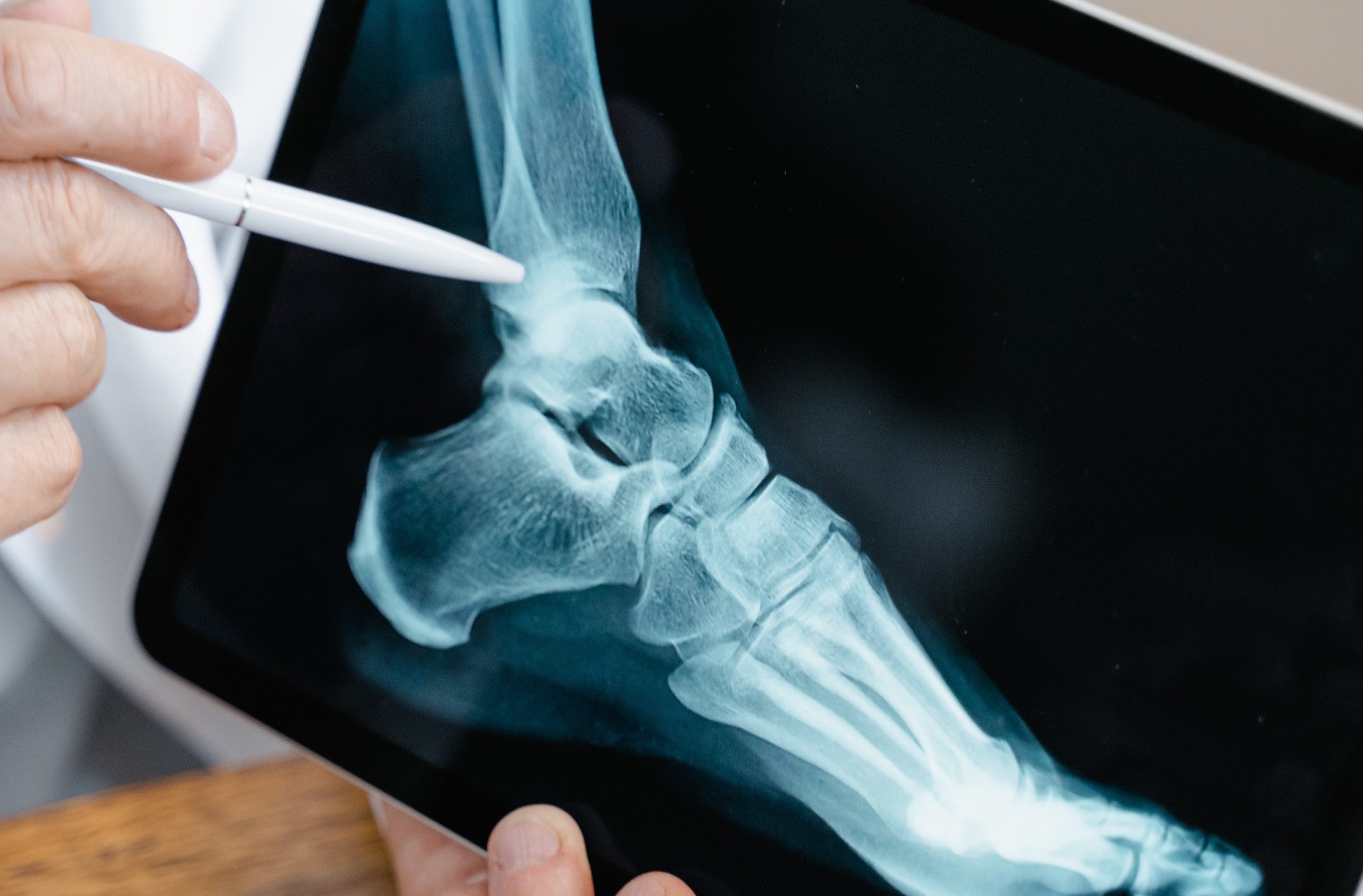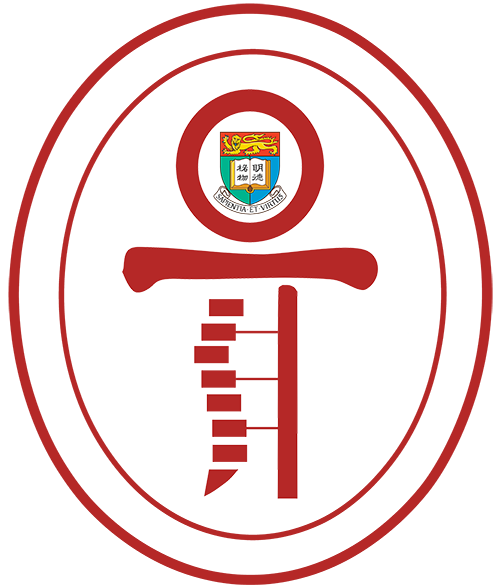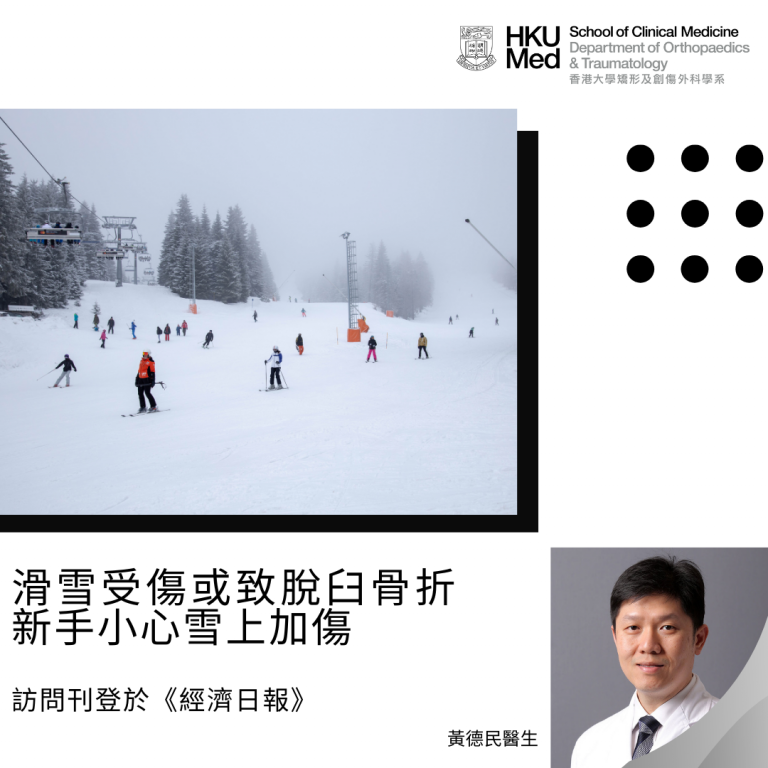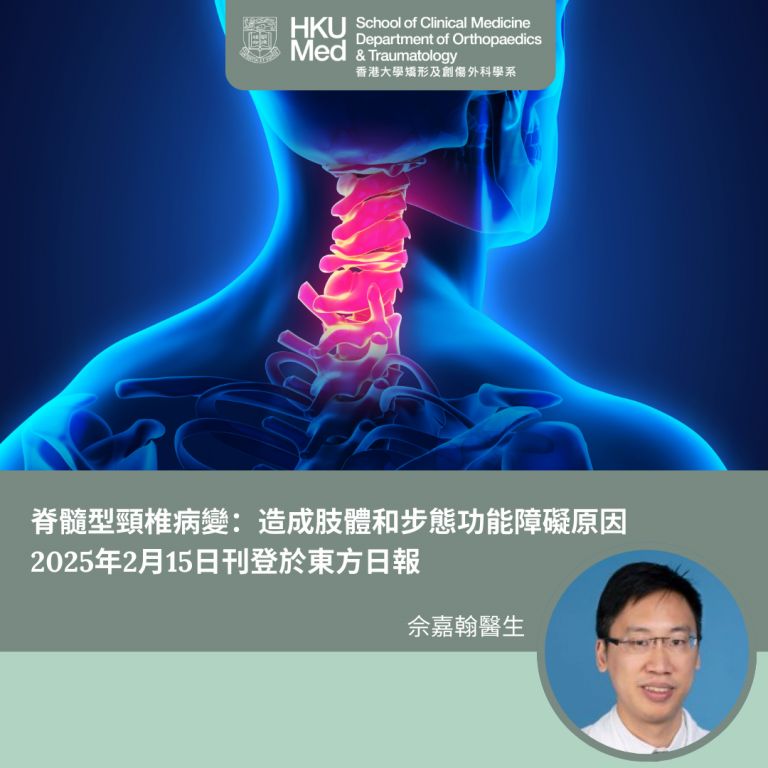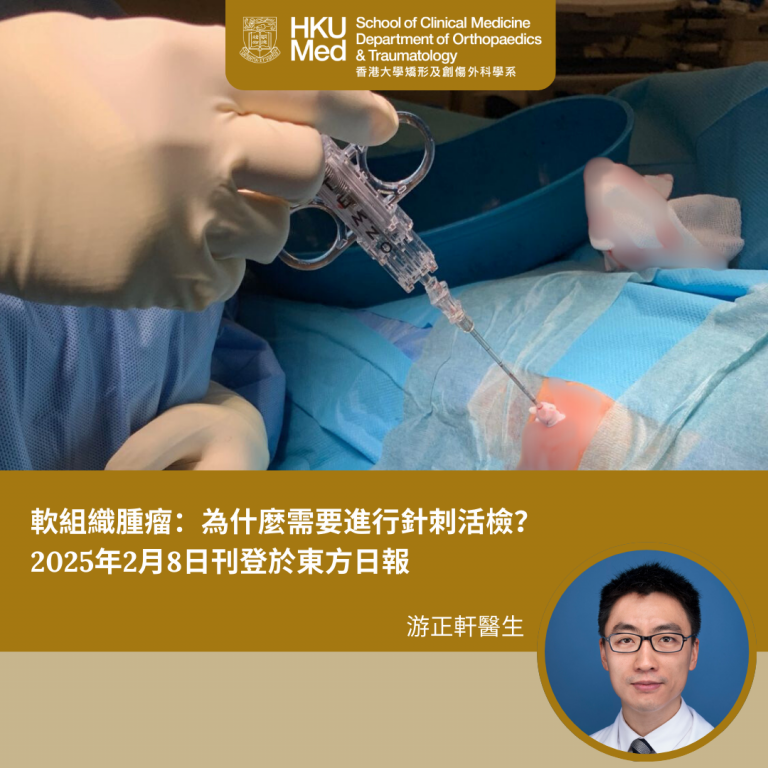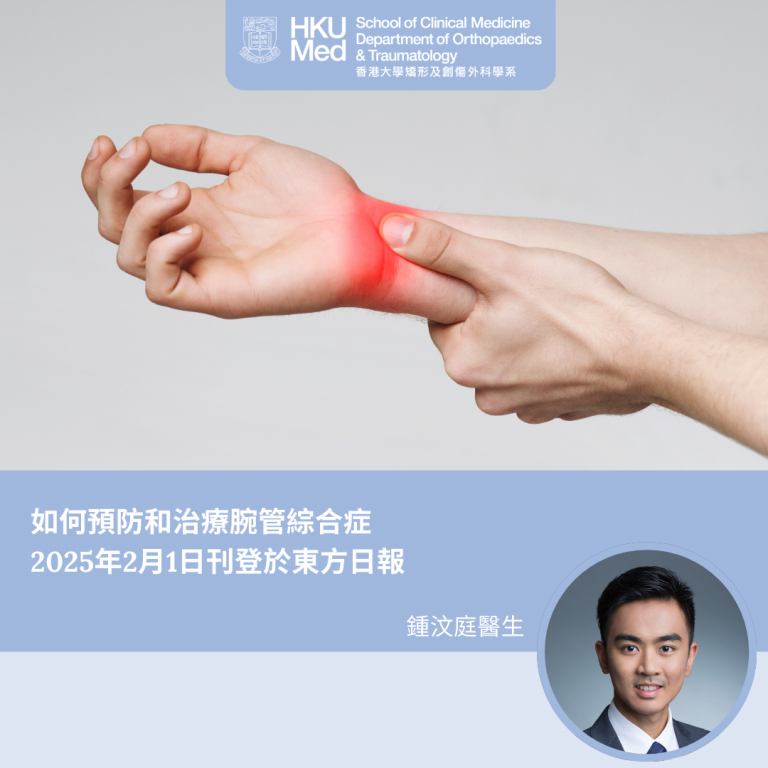楊偉國教授
香港大學李嘉誠醫學院
臨床醫學學院矯形及創傷外科學系教授
骨組織感染主要由細菌引起,而細菌可趁人體免疫力下降乘虛而入。常見的骨組織感染包括糖尿病腳、術後感染和創面感染:前者由於血管和神經線受糖尿病影響,令傷口易受細菌感染;後者有機會發生於需要植入金屬支架(如置換關節)的病人,即使手術室已採取嚴格的無菌措施,手術後亦有機會出現骨組織感染,或有細菌於金屬植入物表面上繁殖。患者一旦受細菌感染,會發燒、白血球持續過高,或惡化至可危及性命的敗血症。
在港大醫學院臨床醫學學院矯形及創傷外科學系,我們會把細菌樣本送往病理科實驗室化驗以分辨細菌種類;讓微生物學專家從而針對性提出使用合適的抗生素作為治療。如細菌於金屬表面形成細菌膜,能抵禦抗生素的攻擊,唯有使用較強力的抗生素方可有效殺死細菌,但傷口仍有機會再受感染。若抗生素未能發揮作用,醫生會為患者持續施行清創術,刮走植入物表面細菌膜和清洗傷口。當清創術未能控制細菌感染,醫生會把植入物拆除,並注射抗生素,待患者痊癒後再植入新的人工關節或支架,而患者及後需服用抗生素一段時間。這對患者來說可算是「長期作戰」;而過度使用抗生素可令細菌變種,產生耐藥性,治療上會更棘手。
學系團隊因而嘗試用新的思維,研發抗生素以外的治療方案:首先把納米粒子注射至受感染部位,然後通過「外場響應」原理,如超聲波和微波等激活納米粒子,形成活性氧。活性氧可有效把細菌的蛋白成分氧化,從而有效分解各類細菌。團隊亦發現納米結構經改變後,能在短時間內產生大量活性氧,提升殺菌效能。研究目前仍處於實驗階段,期望經轉化後,可供臨床應用,給予病人更有效的治療。
<刊載於《am730》,2023年8月7日>
The information contained in this website is solely for the purpose of promoting academic exchange. None of such information is intended to be for, nor shall therefore be treated as, dissemination of professional service information of doctors to the public. If you are interested in obtaining any information about the professional practice of our clinical staff members, please visit the website of HKU Health System at
https://hkuhs.med.hku.hk/en/homepage/our-professional.
© 2025 Department of Orthopaedics and Traumatology, The University of Hong Kong. All rights reserved.
The information contained in this website is solely for the purpose of promoting academic exchange. None of such information is intended to be for, nor shall therefore be treated as, dissemination of professional service information of doctors to the public. If you are interested in obtaining any information about the professional practice of our clinical staff members, please visit the website of HKU Health System at
https://hkuhs.med.hku.hk/en/homepage/our-professional.
© 2025 Department of Orthopaedics and Traumatology, The University of Hong Kong. All rights reserved.
